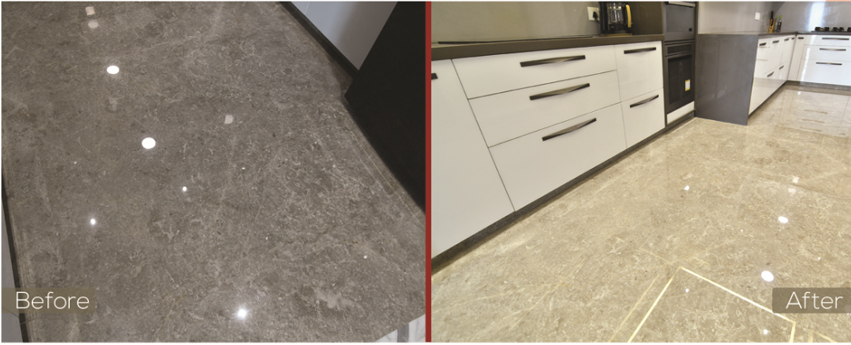Rehabilitating rock surfaces is both an craft and the discipline, blending traditional methods with modern approaches to breathe fresh vitality within historic materials. Whether you are engaged on a worn stone facade of an old building or wanting to rejuvenate a cherished garden walkway, comprehending the heritage methods of rock restoration can greatly influence the result. Such timeless techniques have been handed down through generations, highlighting the importance of craftsmanship and respect for the substances used.
In this definitive manual to rock restoration, we will explore ways to approach your project with attention and expertise. From identifying the right restoration techniques to being aware of when it’s time to consult experts, we aim to provide insights that can help you avoid common pitfalls. Come us as we explore the world of rock refurbishment, exploring essential advice, effective upkeep strategies, and the way these practices contribute to preserving our architectural heritage.
Typical Mistakes in Rock Refurbishment
One of the most common errors in stone restoration is using the inappropriate cleaning methods. Many property owners may opt for strong cleaning agents or rough tools, believing they will successfully remove dirt and stains. However, these approaches can cause irreversible damage to the rock, eroding its intrinsic beauty and structure. It is crucial to use pH-neutral cleaning solutions specifically designed for stone surfaces and to utilize mild cleaning methods to prevent damaging the surface.
Another frequent oversight occurs when individuals try to perform DIY restoration without proper expertise or training. While the internet provides a abundance of data, not all sources are accurate. Trying complex techniques, such as resurfacing or fixing major cracks without professional guidance, can lead to more serious harm and greater charges down the road. Seeking expert assistance or hiring a trained expert can ensure that the refurbishment is done correctly and effectively.
Finally, overlooking appropriate maintenance after restoration is a critical oversight that many make. Once stone materials are restored, they require ongoing attention to maintain their condition and longevity. Neglecting to use appropriate sealants or not adhering to regular maintenance routines can lead to decline and the need for further repairs sooner than expected. Developing a regular upkeep schedule is important to extend the life and aesthetic of repaired rock materials.
Top Resources for Restoring Heritage Homes
When it comes to rehabilitating heritage homes, deciding on the ideal elements is crucial to maintaining authenticity and longevity. Natural stone is often the favored choice for its enduring appeal and stability. Materials such as marble, limestone, and limestone not only blend well with the historical context but also provide longevity when well-maintained. These stones have withstood the trial of time and can withstand varying weather conditions, making them ideal for renovation projects.

In addition to stone, the use of traditional mortar is crucial for repairing and restoring brick work. Calcium mortar, in particular, is favored in many historic restorations because it allows for movement and breathability, helping to prevent moisture damage within the walls. Its compatibility with older building techniques ensures that restorations maintain the building’s authentic character while ensuring stability.
Finally, adding reclaimed materials is a common practice that adds authenticity to restoration projects. Whether it's repurposed bricks, timber, or metal fixtures, these materials not only provide a unique aesthetic but also promote eco-friendliness. Using reclaimed materials aids environmental protection while preserving the cultural significance of the home, creating a smooth link to the past.
Do-It-Yourself vs. Trained Stone Restoration
When thinking about stone restoration, many homeowners face the challenge of whether to approach the project on their own or hire a professional. DIY restoration can be appealing due to potential cost savings and the feeling of personal fulfillment. Numerous resources, including web-based tutorials and local workshops, provide support on basic techniques, from washing to minor repairs. However, it's essential to understand that stone restoration often requires a subtle understanding of the material, including the proper tools and products that are relevant for particular stone types.
On the flip side, professional stone restoration services bring specialized skills and experience to the table. Skilled restorers understand the complexities of different stone materials and have the ability to use advanced tools and techniques that can achieve better results. Find out more can evaluate the condition of the stone and identify subtle issues that a DIY approach might miss. Additionally, professionals are familiar with historical restoration methods, which can be vital for preserving the integrity of antique or historic stones.
Ultimately, the decision between DIY and professional restoration depends on various factors, including the degree of damage, the specific requirements of the stone surface, and the homeowner's skill level. While some small projects might be manageable for a committed DIY hobbyist, significant restoration work often benefits from the attention to detail and knowledge of trained restorers. Weighing cost, quality, and personal capability will guide homeowners in making the best choice for their stone restoration needs.
